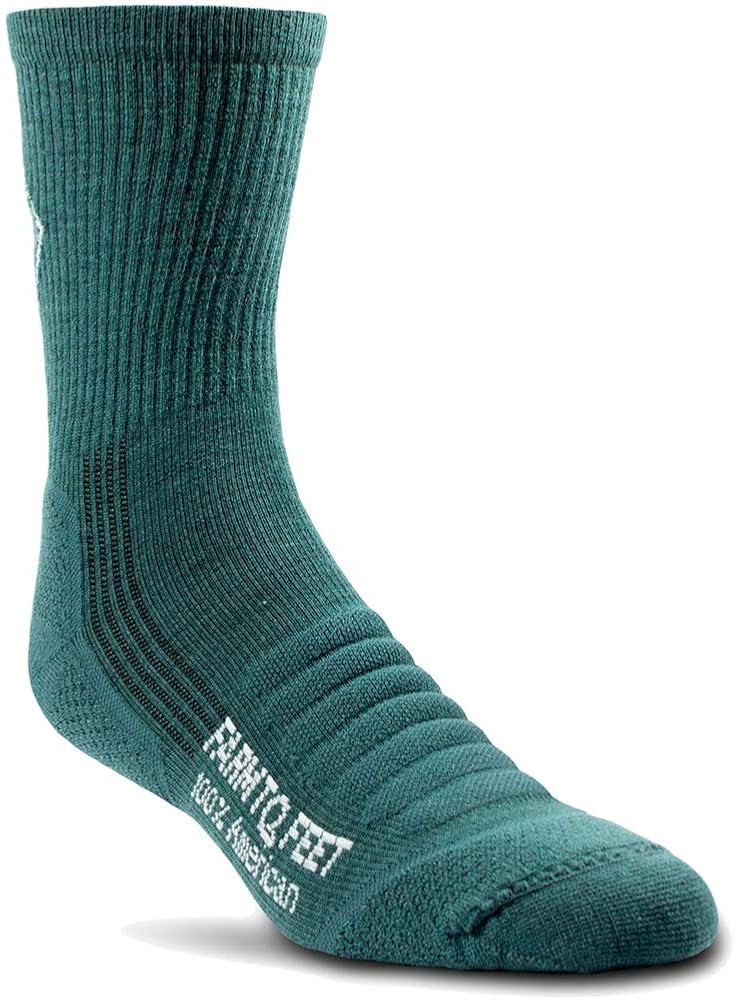Don’t go to Soap Lake, Wash., looking for a 60-foot lava lamp. What would be, according to the Smithsonian Magazine, a 60-foot-tall behemoth of foot-thick glass holding 100,000 gallons of “lava,” which was envisioned as a tourist draw, remains an aspiration, says Nell Kovach of Friends of the Lower Grand Coulee. Instead, visit Soap Lake for the mud and waters of the meromictic (meaning it has two distinct water levels that don’t intermix) soda lake.
The name “Soap Lake” comes from the soap-like lather resulting from the sodium bicarbonate in the water as it laps at the shoreline. Soap Lake was formed as the Channeled Scablands were scoured out thousands of years ago by the Great Missoula Flood. Long before white settlers moved into the region, the area was known as Smokiam (pronounced “smoak-eye-um” or “smoak-eem”), loosely translating to “healing waters.” According to a 2012 article in The Wenatchee World, “For 11,000 years the people of what is now known as the Confederated Tribes of the Colville Reservation used the body of water as an important gathering place and a place of traditional healing.”
For non-indigenous visitors, the healing of the mud and water of the lake has taken at least two forms. Previously, the lower level of mineral-dense water was hauled up from the depths for therapeutic “deep sea baths.” More commonly, visitors cover themselves in mud from the lake and let it dry on their skin, leaching impurities from the body.
While mineral density in the lake is 20 percent greater than sea water, the one mineral that seemingly matters most is ichthyol (ammonium bituminosulfonate), once a salve for just about anything that ailed anybody. Following World War I, many veterans came seeking treatment for Buerger’s disease, a constriction of blood flow in hands and feet resulting in pain and sometimes gangrene. Many suffering from eczema and other skin ailments sought, and still seek, relief in the lake’s mud. Following the First World War, there were eight sanitariums and countless tents housing visitors seeking the healing salve of the lake.
The first effort to profit from these healing waters was the 1905 opening of the Siloam Sanitarium, named for the pools of what some consider the original site of Jerusalem. The sanitarium hosted those seeking healing for nearly every malady. More travelers followed from near and far. The invention of Sulfa drugs and antibiotics in the early 20th century put a damper on the mud and water treatments. The spas offering them dwindled and closed, leaving the city we know today.
There’s more to Soap Lake than the lake. As the gateway to the Grand Coulee, visitors can explore the Ice Age Floods National Geologic Trail leading to Dry Falls. Then there is the “world’s worst golf course,” the Lava Links, where one news report advises avoiding a sun that will be “pukin’ hot.” Whenever you play, the par-three course is free. There’s also an 18-hole course for real golf. Kovach describes Soap Lake as a vibrant, committed community. That vibrancy and commitment has long supported the Masquer Theater that opened in 1979, the oldest in Grant County. There is an emerging arts district, resorts and spas, pubs, restaurants, thrift stores, and galleries. But if it’s the healing waters you seek, you can just sit in the lake, enjoying the expanse of the desert, twiddling your toes in the mud. //
Bradley Bleck loves revisiting many of the lesser-known parts of the Inland Northwest in search of rekindled childhood memories, both real and, in the language of AI, hallucinated. He last wrote about Waterton Lakes and NA beer for the May 2023 issue of OTO.













